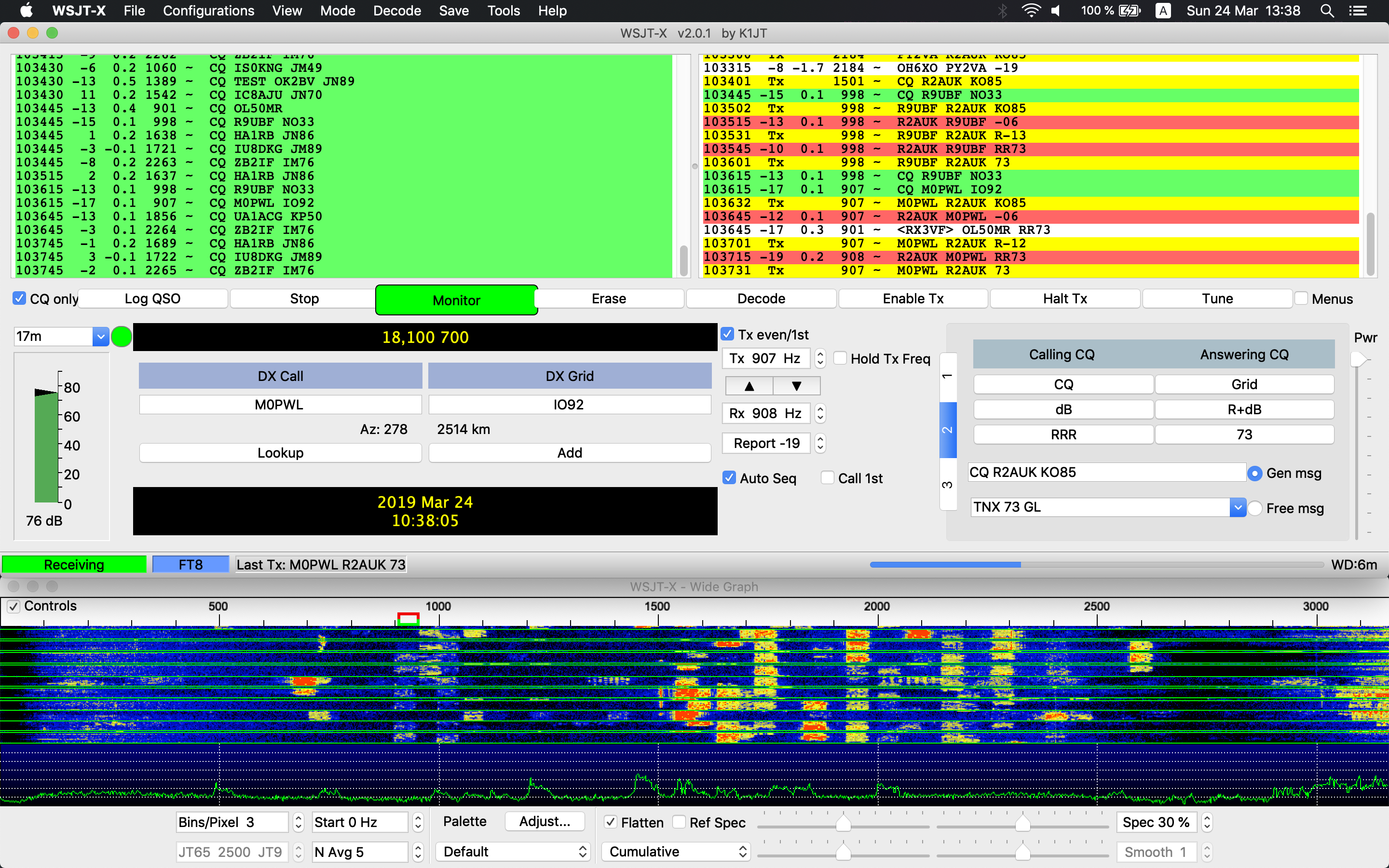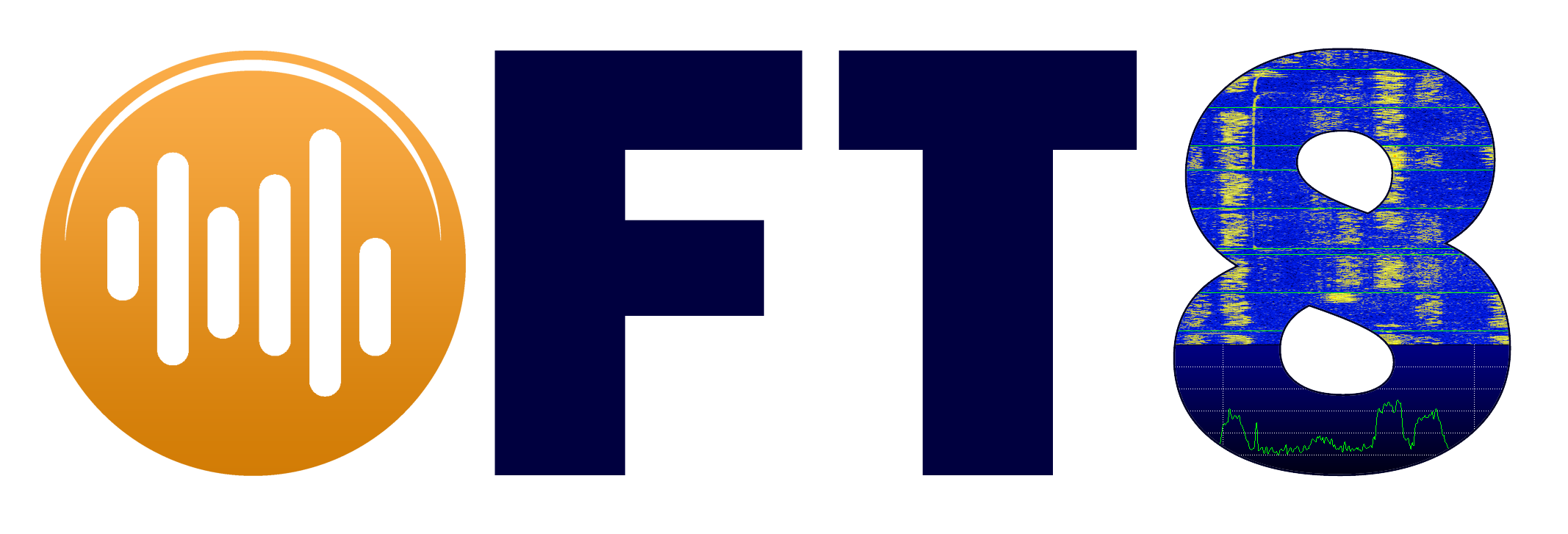
Siamo lieti di annunciare che è stala rilasciata la nuova release del software WSJT-X 2.6.0-rc5 ed è pronta per essere scaricata dai beta tester. Questa nuova versione apporta una serie di miglioramenti e alcune correzioni di bug.
SCARICA L’ULTIMA VERSIONE WSJT-X 2.6.0-rc
Vediamole nel dettagio:
– Better calibration for FST4/W SNR estimates.
– Upload FST4W-900 spots to wsprnet with TR code 15 instead of 16.
– Improved FT8 decoding on crowded bands.
– The Working frequency table now offers the following options:
– Better handling of more than one frequency per band.
– Set your preferred frequencies, WSJT-X always comes back to these QRGs when changing band or mode.
– You can label your frequencies with descriptions (e.g. DXp AB0YXZ).
– Option to set Start and End Date/Time, so that the frequencies automatically appear and disappear. Useful for contest or DXpedition QRGs.
– Load a frequency table from a file to easily get all such data implemented.
– In Fox mode, there are now a few additional functions that allow operators to react even better to different QSO situations:
– A new two-column table in Tab 2 provides a better overview of the queue and of the callsigns with QSOs in progress.
– Fox operator can now change the ordering of callsigns in the queue so that he can react if there is only a narrow time slot for a particular QSO due to propagation.
– Fox now responds for another two cycles to stations whose report was not received, increasing the success rate for a difficult QSO.
– Correct a flaw in Hound mode that sometimes prevented completion of QSOs with non-standard calls.
– Improvements to EME Echo mode:
– New control “Avg” sets the number of Echo cycles to be averaged.
– New capability to display measurements of wideband noise power as a function of time. This can be useful for measuring Sun noise, antenna tracking errors, and the like.
– Several minor bug fixes
– Correct a flaw that prevented WSJT-X from always initializing
correctly when special operating activities were enabled.
– Correct a flaw that caused wrong Tx frequencies to be written to ALL.TXT.
– The GUI has been improved regarding some details. The controls now scale better at different font sizes and on different operating systems.
– When in Hound mode and click the “H” button again, the frequency is now kept. This gives the user the following two options to return to normal FT8 mode:
– Click the “H” button again. Then you will stay on the QRG.
– Click the “FT8” button (or use the Settings menu). It brings you back to the default FT8 QRG.
– Decodes flagged as ‘a7’ are now disabled when “Enable AP” is not checked, and during the first period after a band change.
– The network address of the UDP server is now checked for errors before being accepted.
– Some improvements to the DX Lab Suite Commander interface.
– Correct some possible flaws that could cause segfault errors in certain unusual situations.
– Warnings on dropped audio have been disabled for now, as detection has turned out to be not reliable enough.
– Correct a long-standing flaw which caused the “Transmit digital gain” overlay to appear somewhere on the screen.
– “Highlight DX Call” now also works when the other station is <…>.
– CQ messages without a grid are now sent to PSK reporter.
– Several other minor corrections (tool tips, etc.).
Program MAP65 (Windows only) includes several minor bug fixes and two tentative new features:
– an aid for measuring antenna pointing errors
– an ability to read the file wsjtx.log (kept by WSJT-X) to recognize EME contest dupes.



